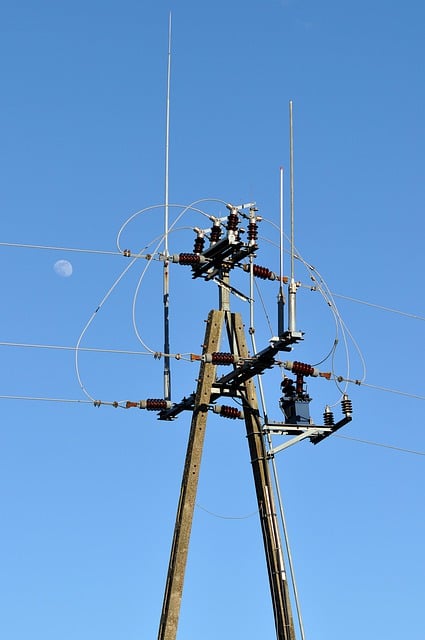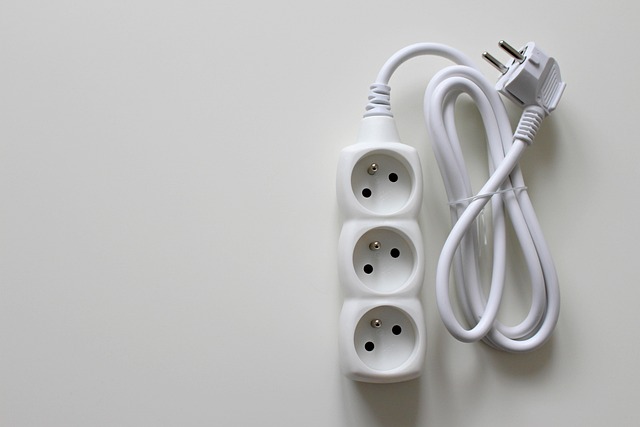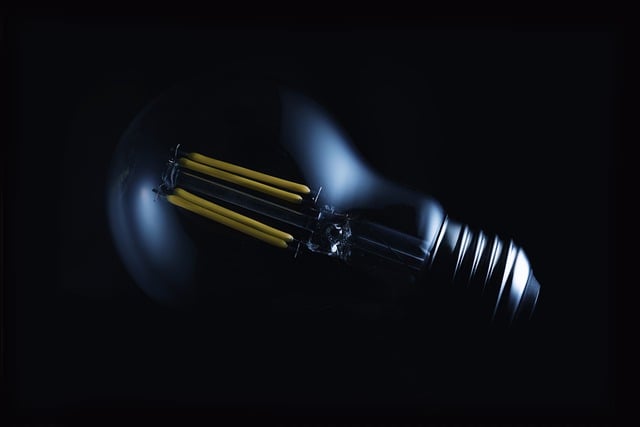To select the right water heater, analyze your household's hot water usage patterns, considering occupant number, daily showers, and water-intensive appliances. Determine tank capacity accordingly. Prioritize energy efficiency with modern options like tankless heaters and heat pump systems. Assess space availability, ensuring comfortable fit and accessibility for technicians. Optimal placement and pipe insulation enhance energy efficiency, reducing utility costs. Regular professional inspections and smart features maximize energy savings and heater lifespan.
When installing a water heater, considering the space available is crucial for optimal performance and energy efficiency. This guide walks you through understanding your specific needs, assessing space constraints, and incorporating energy-efficient practices during installation. By planning ahead, you ensure a seamless process and maximize the benefits of your new water heater, contributing to both convenience and sustainable living.
- Understanding Your Water Heater Needs
- Assessing Space Availability
- Energy Efficiency Considerations
- Planning for Installation and Maintenance
Understanding Your Water Heater Needs
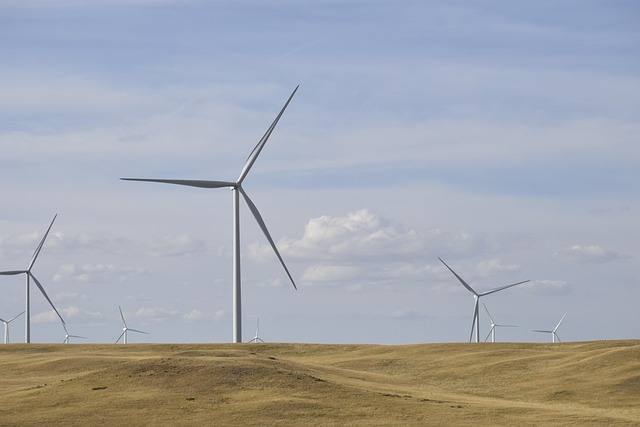
Understanding your water heater needs is crucial when considering installation space. The first step involves evaluating your household’s hot water usage patterns and size requirements. Factors like the number of occupants, daily showers, and water-intensive appliances will dictate the appropriate tank capacity. For instance, larger families or households with multiple occupants will need a bigger water heater to keep up with demand.
Energy efficiency is another vital consideration. Modern water heaters come in various energy-efficient models, such as tankless heaters and heat pump systems, which can significantly reduce heating costs. These options are especially beneficial for environmentally conscious homeowners looking to minimize their carbon footprint. By understanding these needs, you can ensure a well-sized, energy-efficient water heater fits seamlessly within your installation space, catering to your household’s hot water requirements while promoting sustainability.
Assessing Space Availability

When considering a new water heater installation, assessing space availability is a crucial step. Start by evaluating the existing space dedicated to your current water heating system. Measure the width, height, and depth to ensure the new unit will fit comfortably. Keep in mind that some models offer compact designs optimized for smaller spaces, enhancing energy efficiency without compromising performance.
In addition to physical dimensions, think about accessibility. Can service technicians easily reach all components for installation and future maintenance? Adequate space not only facilitates a smooth installation process but also allows for proper ventilation, which is vital for the efficient operation and longevity of your water heater, thereby further boosting energy efficiency.
Energy Efficiency Considerations
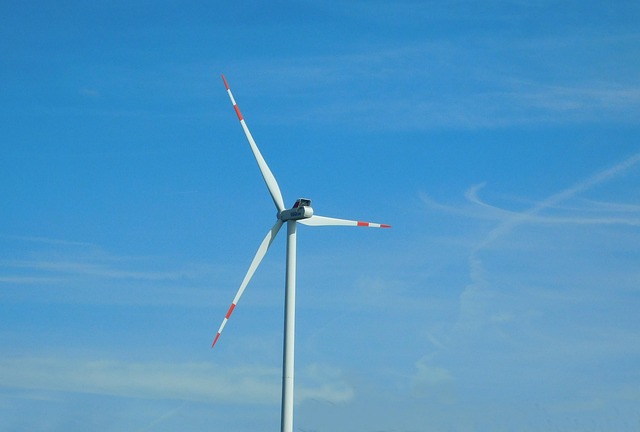
When considering a water heater installation, energy efficiency should be at the forefront of your mind. Modern heaters come with various features designed to minimize energy consumption and reduce utility bills. Look for models equipped with advanced heating elements, smart temperature controls, and insulation to prevent heat loss. These technologies not only enhance comfort but also contribute to environmental sustainability by lowering energy usage.
In terms of installation, proper placement is key to maximizing energy efficiency. Ensure the water heater is located in an area with minimal thermal disruption. For example, placing it near the hot water outlets used most frequently can reduce heat loss during transmission. Additionally, consider insulating pipes leading to and from the heater to maintain optimal temperature levels, further enhancing overall energy efficiency.
Planning for Installation and Maintenance
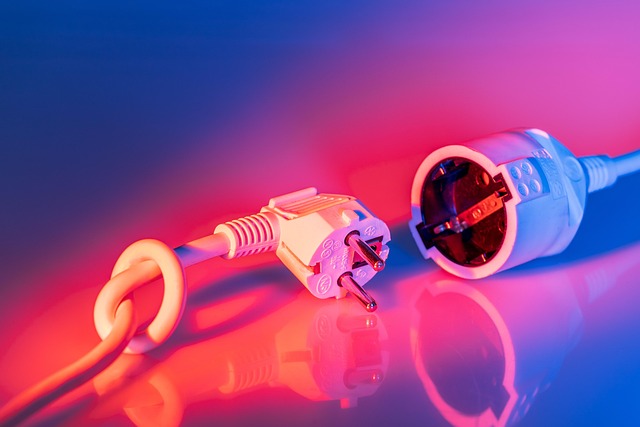
When planning for a water heater installation, it’s crucial to consider not just the physical space but also the unit’s energy efficiency and long-term maintenance needs. Start by assessing your current hot water usage – how many people live in your household and what are their daily demands? This will help determine the appropriate capacity of the new heater. Ensure there is adequate space for both the unit itself and any necessary ventilation, especially if opting for a tankless or condensing model, which may have different installation requirements than traditional storage heaters.
Regular maintenance plays a significant role in maximizing energy efficiency and prolonging the life of your water heater. Schedule professional inspections at least once a year to check for potential leaks, ensure optimal temperature settings, and address any issues promptly. Many modern heaters come with smart features that can be remotely monitored and controlled, offering added convenience and energy savings.

